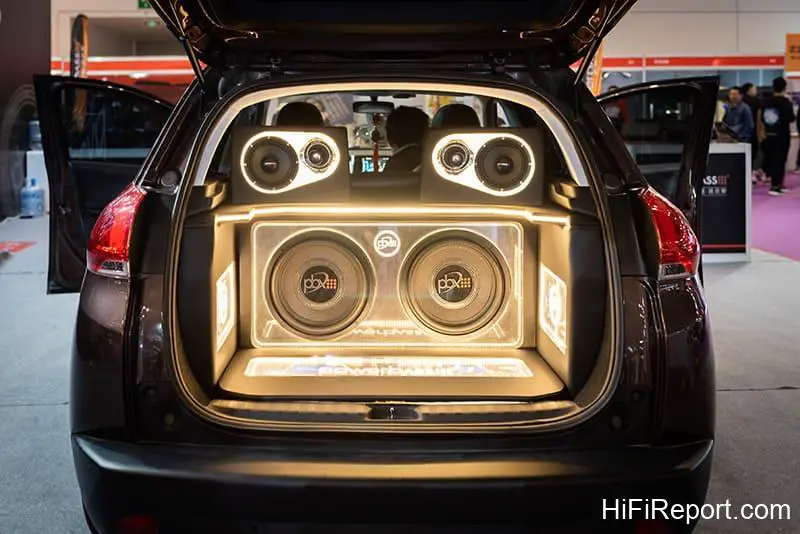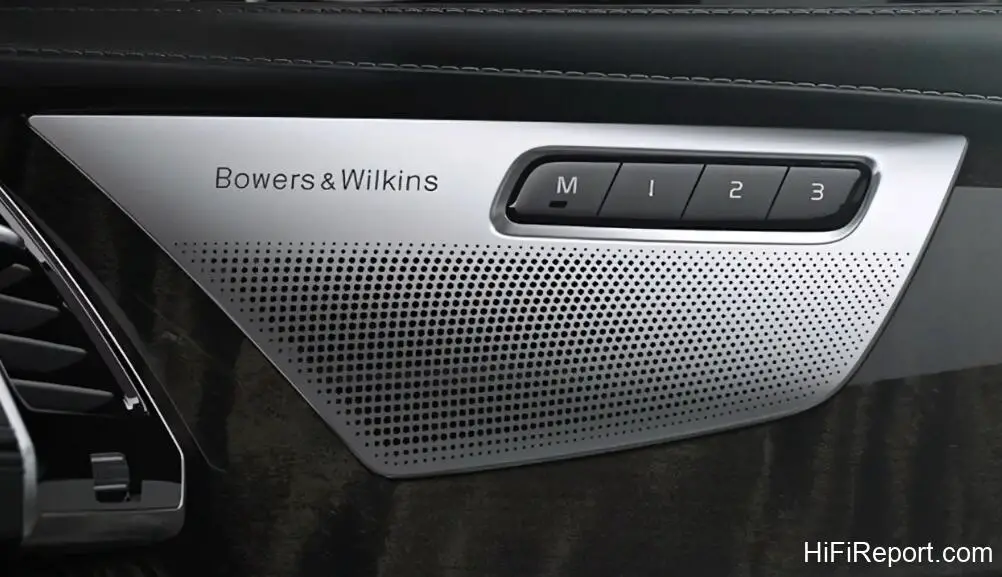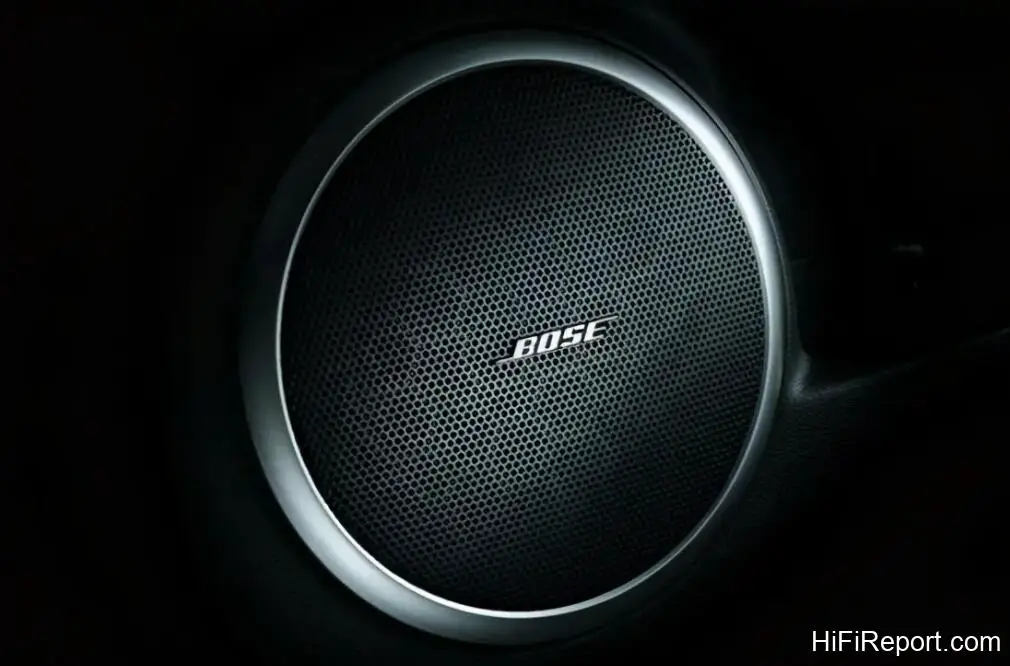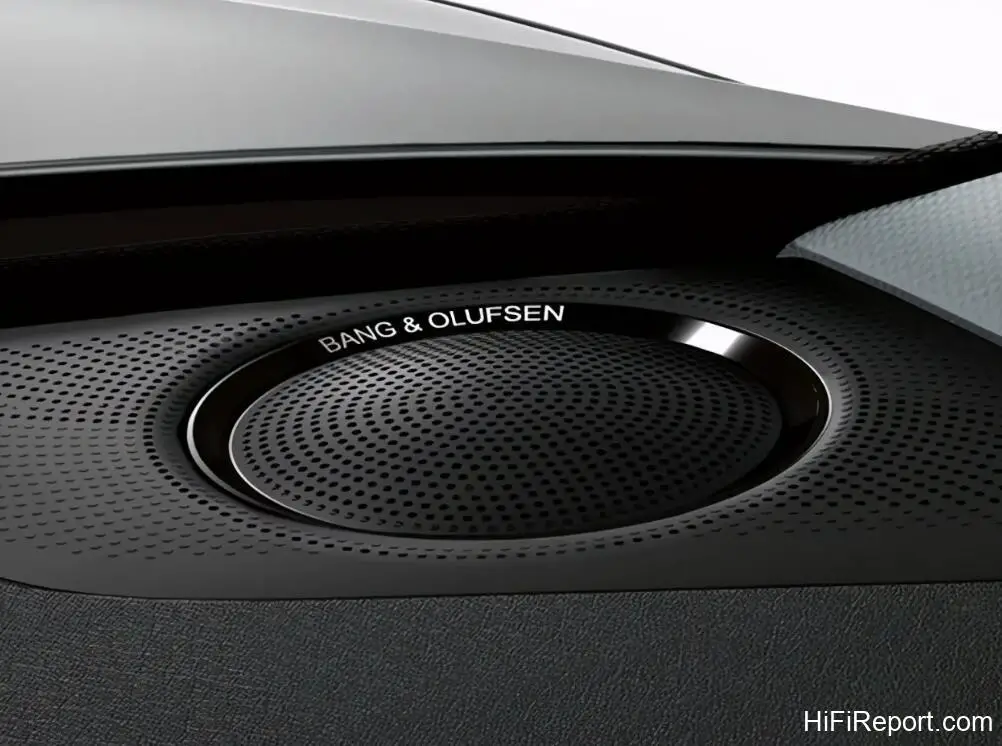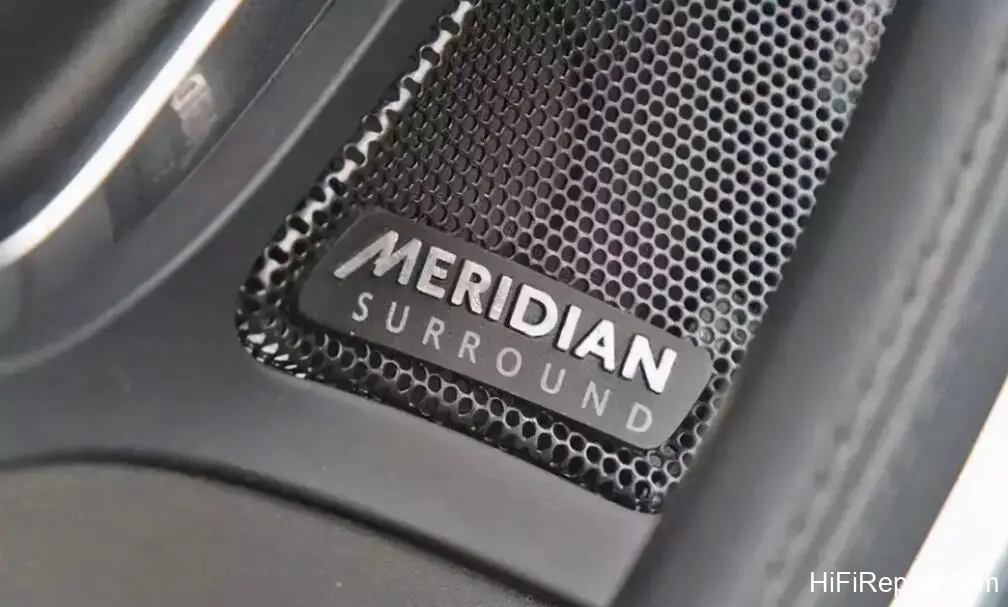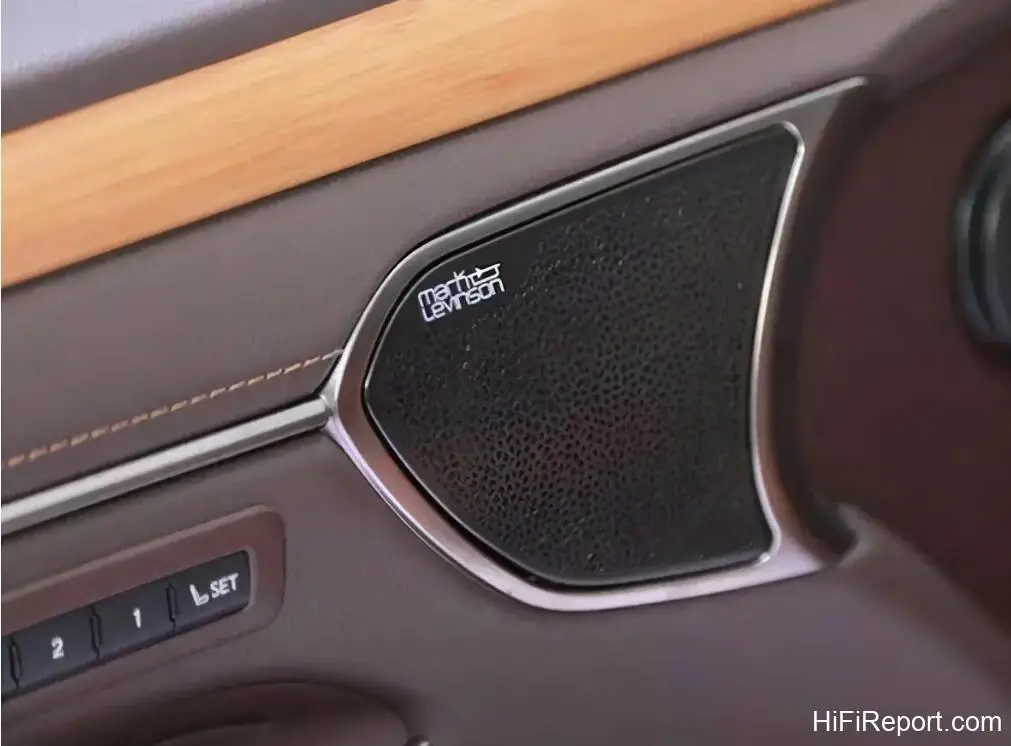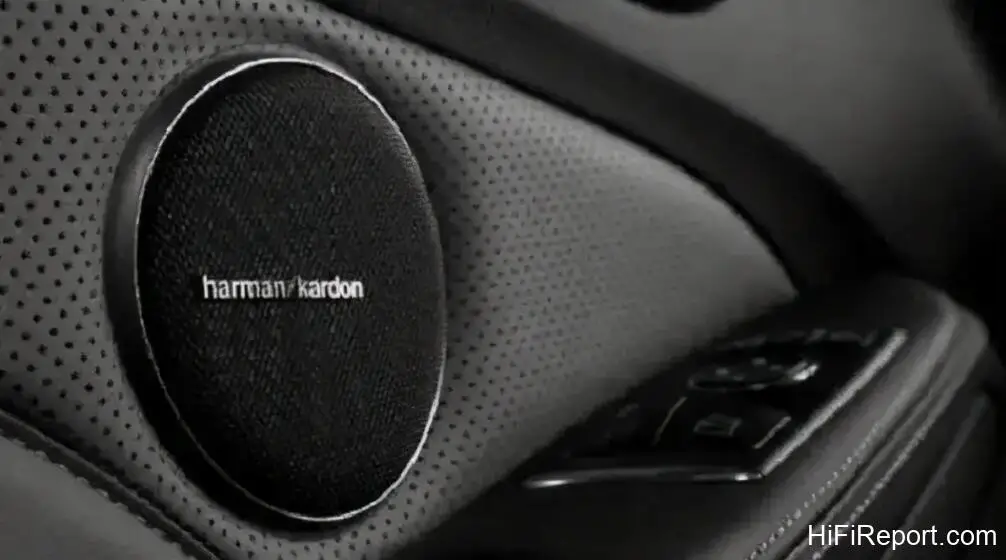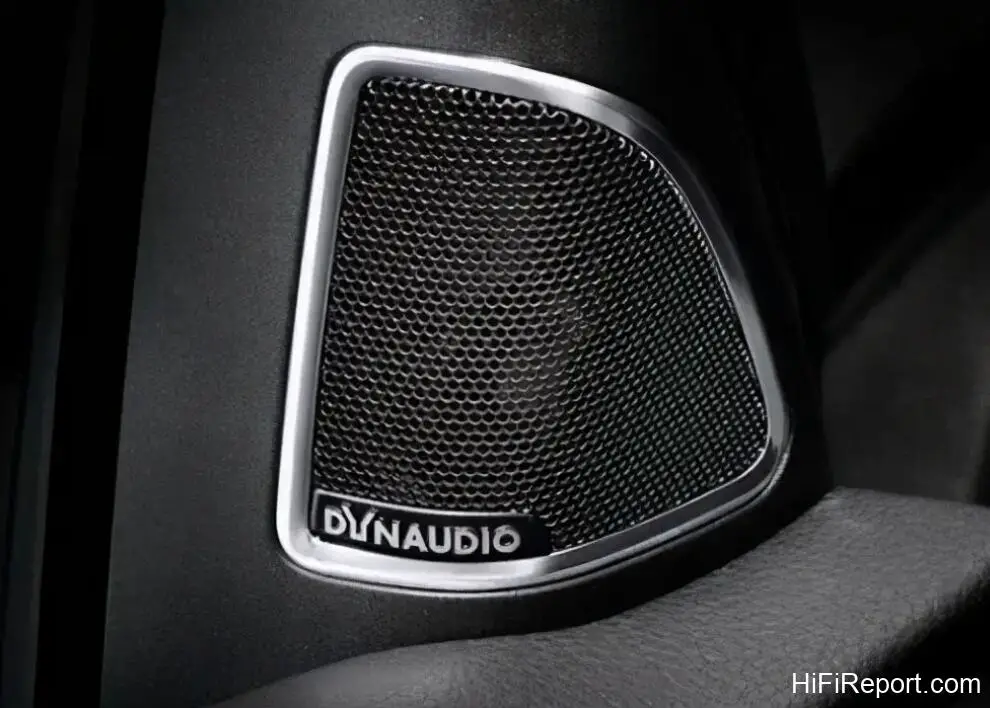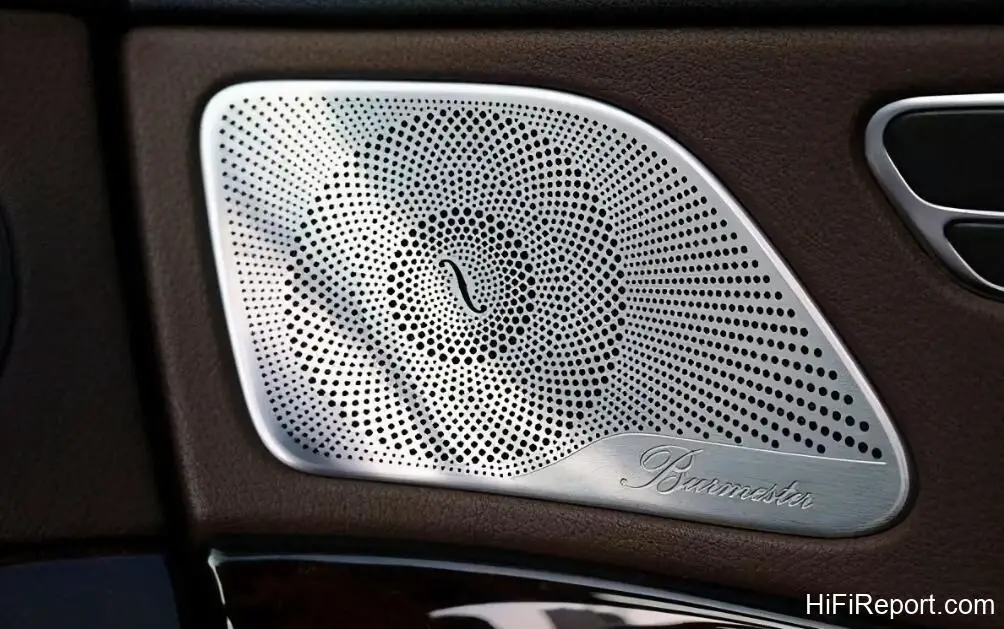The Ultimate Guide to Choosing the Right Car Speakers: Key Factors to Consider
While upgrading your car speakers may not be the first thing that comes to mind when you think about improving the sound quality of your car, it can be a very effective and affordable option. However, upgrading car speakers can be confusing and overwhelming for many people. We’ve put together this guide to make it as simple and clear as possible.
How many car speakers do I need?
The number of car speakers you need depends on your preference and budget, as there is no industry standard for the number of speakers to be installed in a car. However, it is worth noting that newer car models tend to have more speakers as carmakers try to create an immersive sound experience for drivers and passengers alike.
Luxury car brands, in particular, are known to have a higher number of speakers in their vehicles, and some even include Dolby Atmos immersive surround sound technology. Choosing the same brand or series of car speakers would be best to ensure a consistent sound signature. However, if you’re on a budget, you can start by upgrading the front door horns first and then the rear doors.
Regarding the number and placement of speakers, some vehicles only have two full-range speakers on the left and right of the front door, while others have four speakers with one tweeter and one woofer on each side. The tweeter is usually located above the door, on the corner post or dashboard, while the woofer is placed in the middle of the door.
Additionally, some vehicles have a speaker on the central dashboard, which plays music and handles doorbells, navigation prompts, and other audio cues. It is recommended that you keep this speaker.
As for the rear door speakers, they typically provide music for the rear passengers and can also provide “rear fill sound” for the front row. However, if you do not need an immersive surround sound experience, if there are few passengers in the rear, or if you don’t want them to interfere with creating the front sound field, you may not need to modify them.
In recent years, two-way designs similar to those found in the front doors have become more popular for onboard speakers. Ultimately, the number of car speakers you need will depend on your preferences and budget. It is essential to do your research and choose the right speakers that fit your needs and budget to ensure a pleasurable listening experience while driving.
What size car speaker should I buy?
Choosing the right size of car speaker can be a daunting task as many different sizes are available on the market. Unfortunately, there is no simple answer about what size speaker you should buy. The size of car speakers is closely related to your specific car, such as the door size, depth, and other factors.
To determine the appropriate size, it is essential to consider your vehicle’s actual situation. The size of the speaker will depend on the dimensions of your car’s door and the depth available to accommodate the speaker unit. Therefore, it is important to consider the speaker opening measurements and the door depth when selecting the speaker unit.
Based on our experience, we recommend choosing a large-diameter speaker unit to provide better low-frequency performance and output sound pressure level. Like the requirements for custom-installed home theatres for embedded speakers, selecting a car speaker is about more than matching the unit caliber. You need to consider the size and depth of the opening, especially since the depth inside the door is often limited.
If you plan to install the speaker unit with the speaker bracket, you must consider the depth of the bracket and the size of the hole. The bracket’s depth and the hole size should match the speaker unit’s specifications to ensure it fits snugly and securely in place.
In conclusion, the size of the car speaker you should buy depends on the dimensions of your car’s door and the available depth for the speaker unit. When selecting the appropriate speaker unit, it is important to consider the speaker opening’s size and depth. A larger diameter speaker unit will provide better low-frequency performance and output sound pressure level. Remember to consider the bracket’s depth and the hole’s size if you plan to install the speaker unit with the speaker bracket. Considering all these factors, you can choose the right size car speaker to provide the best sound quality for your vehicle.
How much power does the new car speaker need?
When upgrading car speakers, one important consideration is the power requirements. The power of the original car speakers is often limited, so many people choose to install a post-installed power amplifier to provide greater output power. While this can enhance the sound quality and music details, ensuring that the car speakers will not be overloaded and distorted when replaying at a high volume is crucial.
To determine the appropriate power for your new car speakers, there are a few questions you need to ask yourself. One of them is sensitivity, which measures how loud a speaker can produce from the power applied by the amplifier. If you only have the original low-power amplifier, which usually delivers around 10-15W/RMS per channel or lower, you should choose a high-sensitivity car speaker (over 90dB). This is because a high-sensitivity speaker can produce a louder sound with the same amount of power.
On the other hand, if you have a rear-mounted stereo or external amplifier, you should consider car speakers with a lower sensitivity rating. This is because the external amplifier can provide more power to drive the speakers, and a lower sensitivity rating can provide better control and accuracy.
Another important consideration is how much power output the car speaker can withstand, measured in watts (W). If your power amplifier output is small, the car speaker can bear a low power load. Instead, you should choose a speaker system that can withstand high power output.
It is essential to note that the power discussed here is measured in RMS (continuous output power), not the PMPO (peak power) that is usually marked on most car audio. PMPO often has a larger value but does not represent the speaker’s ability.
When choosing the appropriate power for your new car speakers, you should keep the following three points in mind:
- If you use the original car audio power supply, choosing a new car speaker with low RMS output power and 90dB or higher sensitivity is best.
- If you use the power amplifier attached to the host, choose a car speaker with a power rating lower than 75W/RMS.
- If you upgrade the amplifier and car speakers simultaneously, then it is essential to match them reasonably according to the product manual of the new car audio. This will help ensure your car’s audio system is optimally configured for maximum sound quality and performance.
Speaker Sensitivity in Car Audio Systems
When it comes to car audio systems, understanding speakers’ sensitivity is crucial. Speaker sensitivity indicates how efficiently a speaker can convert the electrical power from the amplifier into audible sound. In simpler terms, it measures the speaker’s loudness for a given amount of power.
Suppose your vehicle has a factory-installed low-power amplifier, usually rated at around 10-15W/RMS per channel or lower. In that case, selecting car speakers with high sensitivity is advisable. These high-sensitivity speakers, typically exceeding 90 decibels (dB), can effectively convert the limited power output from the amplifier into loud and clear sound.
On the other hand, if you have installed an aftermarket stereo amplifier or an external amplifier that provides higher power output, you can consider speakers with lower sensitivity levels. Since the amplifier can supply greater power to the speakers, even speakers with lower sensitivity can produce satisfactory sound levels. However, it is important to balance the amplifier’s power and the speakers’ sensitivity to ensure optimal performance and avoid distortion or strain on the audio system.
In conclusion, when selecting car speakers, it is recommended to consider the sensitivity rating based on the amplifier’s power output. For vehicles with low-power factory amplifiers, prioritize speakers with high sensitivity (over 90dB). Conversely, for vehicles equipped with aftermarket or external amplifiers, you can consider speakers with lower sensitivity levels, as the higher power output from the amplifier compensates for the lower sensitivity.
Matching Power for Optimal Performance
The power handling capability of car speakers is important when setting up a car audio system. It determines the amount of power the speakers can handle without distortion or damage. When selecting car speakers, it’s crucial to match their power handling capacity with the amplifier’s output power.
If you have a low-power output amplifier, typically rated at lower than 10-15 watts RMS per channel, you don’t necessarily need speakers that can handle a high-power load. In such cases, speakers with lower power handling capabilities can still perform satisfactorily without the risk of overloading or damaging the speakers.
On the other hand, if you have a high-power output amplifier, it is recommended to choose speakers that can handle the amplified power. This ensures speakers can effectively reproduce the audio signals without distortion, even at higher volume levels.
When considering power handling, focusing on the RMS power rating rather than the PMPO (Peak Music Power Output) rating is important. RMS power represents the continuous power that the speakers can handle consistently without compromising performance. In contrast, PMPO ratings, often advertised on car audio systems, tend to be higher but can be misleading. PMPO values are obtained under specific testing conditions that may not reflect real-world usage accurately.
In summary, when selecting car speakers, it is crucial to consider their power handling capabilities in relation to the amplifier’s power output. If you have a low-power amplifier, speakers with lower-power handling can suffice. However, if you have a high-power amplifier, it is recommended to choose speakers that can handle the amplified power without compromising sound quality or risking speaker damage. Focusing on RMS power ratings rather than PMPO values provides a more accurate measure of the speakers’ true capabilities.
Selecting the appropriate power amplifier is vital when building or upgrading a car audio system. The amplifier’s power output should be compatible with the speakers to achieve optimal performance and prevent potential damage or distortion.
Firstly, if you are using the factory-installed car audio system, it is advisable to choose car speakers that can handle low RMS output power. Factory amplifiers typically have lower power outputs, ranging from 10 to 15 watts RMS per channel. Additionally, selecting speakers with a sensitivity rating of 90 decibels (dB) or higher ensures efficient power conversion into sound volume.
Secondly, if you are utilizing the amplifier that comes with the head unit, it is crucial to consider the power-handling capability of the car speakers. In this scenario, it is recommended to select speakers that can withstand power below 75 watts RMS. Matching the speakers’ power handling to the amplifier’s output prevents the speakers from being overloaded and maintains their longevity.
Lastly, if you are upgrading both the amplifier and car speakers, it is essential to refer to the product manuals of the new car audio system. These manuals provide specific guidelines on correctly matching the amplifier and speakers. They outline the recommended power specifications and compatibility requirements, ensuring seamless integration between the amplifier, speakers, and head unit.
In conclusion, the right power amplifier is crucial for an optimized car audio system. Remember to choose speakers with appropriate power-handling capabilities based on whether you use the factory-installed system. This amplifier comes with the head unit or upgrading both components. Consulting the product manuals and following the recommended power specifications will ensure a balanced and high-quality audio experience in your vehicle.
Sound Quality Analysis
Sound quality is a subjective term that can vary from person to person. It encompasses various elements, such as clarity, accuracy, detail, imaging, and tonal balance. To evaluate sound quality, it is crucial to consider your personal preferences and the type of music you enjoy. Are you someone who appreciates the intricacies of classical music, or do you prefer the thumping beats of electronic dance music? Identifying your sound preferences will guide you toward the right type of car audio equipment.
High-Fidelity Audio
For those seeking the utmost accuracy and realism in sound reproduction, high-fidelity audio is the way to go. High-fidelity, often referred to as hi-fi, aims to reproduce sound as faithfully as possible to the original recording. This approach emphasizes precise imaging, wide frequency response, and detailed reproduction of instruments and vocals. Hi-fi enthusiasts often look for speakers that excel in capturing the subtle nuances of music, delivering a pristine and lifelike listening experience.
To achieve high-fidelity audio in your car, consider speakers with features like balanced frequency response, low distortion, and excellent imaging capabilities. Look for specifications such as frequency range, sensitivity, and impedance to ensure compatibility with your car audio system. Additionally, investing in a quality amplifier and digital signal processor (DSP) can further enhance the accuracy and clarity of the sound.
Emphasizing Bass Performance
On the other end of the spectrum, some individuals crave the thrill of powerful bass that can make the car vibrate and their hearts pound. If you enjoy genres like hip-hop, EDM, or rock music, emphasizing bass performance might be your priority. Powerful bass adds depth and impact to the audio, creating an immersive and energetic listening experience.
When it comes to bass, subwoofers play a significant role. They are specialized speakers designed to reproduce low-frequency sounds with authority and impact. Look for subwoofers that offer a wide frequency response in the lower range, and consider the power handling capabilities to ensure they can handle the intense bass output without distortion.
Finding the Balance
While high-fidelity audio and bass performance represent two distinct approaches, they are not mutually exclusive. Many car audio enthusiasts strive to balance accurate sound reproduction and impactful bass. Achieving this balance involves careful equipment selection, proper tuning, and acoustic optimization.
Start by choosing speakers that offer a balanced sound signature with good midrange and treble performance while still being capable of producing satisfying bass. Pair them with a subwoofer to deliver the desired bass impact without overpowering the overall sound. Integrating a digital signal processor (DSP) allows you to fine-tune the sound and optimize the frequency response to match your preferences.
Product Warranty and Support
A product warranty is an essential aspect that provides assurance and protection to consumers. It guarantees the manufacturer that the product is free from defects in materials or workmanship for a specific period. In the context of car speakers, a warranty gives you peace of mind knowing that if any unforeseen issues arise during the specified period, you will be covered for repairs or replacements without incurring additional costs.
Checking the warranty period is crucial when considering car speakers. Manufacturers typically offer warranties ranging from one to several years. It’s important to understand the duration of coverage and what it includes. Some warranties may only cover manufacturing defects, while others cover normal wear and tear. Reading the fine print and understanding the terms and conditions will help you make an informed decision.
After-Sales Support
Beyond the warranty itself, evaluating the quality of after-sales support is equally important. A reputable manufacturer stands behind their products with a warranty and provides reliable and responsive customer support. This support can prove invaluable if you encounter any technical difficulties, have questions about installation, or require assistance with troubleshooting.
When researching car speakers, take the time to explore customer reviews and testimonials regarding the manufacturer’s after-sales support. Look for positive experiences where customers have received prompt and helpful responses from the manufacturer’s customer service team. A responsive and knowledgeable support team can significantly resolve any issues that may arise during or after the purchase.
Manufacturer Reputation
The manufacturer’s reputation is another factor to consider when assessing warranty and support. Established and well-respected brands have a proven record of providing excellent warranty coverage and customer support. They invest in delivering a positive customer experience and take pride in the quality of their products.
Researching the manufacturer’s reputation can be done through online forums, car audio communities, or trusted review platforms. Look for feedback from other car audio enthusiasts with experience with the brand’s warranty and support. This information will give you a better understanding of what to expect and help you make an informed decision.
Listening Experience
During your listening experience, pay attention to the sound quality aspects that matter to you most. Are you looking for speakers that reproduce crisp highs and detailed instrument separation? Or you could prioritize a warm and rich midrange with smooth vocals. By focusing on your preferred sonic characteristics, you can better assess how each speaker model delivers the desired sound signature.
Consider the tonal balance – the distribution of bass, midrange, and treble frequencies – and how it aligns with your preferences. Listen for any signs of distortion, harshness, or muddiness that may affect the overall audio experience. Additionally, assess the soundstage and imaging capabilities, as these factors contribute to the immersion and depth of the audio presentation.
Comparing Speaker Models
As you audition different speaker models, take note of the specific attributes that stand out to you. Make comparisons between speakers in terms of their sound quality, clarity, dynamics, and overall impact. Remember, what may sound great to one person may not necessarily be the best fit for your taste, so trust your ears and preferences during the listening process.
Please request demonstrations of speakers in different price ranges and from various brands. This allows you to understand the performance differences that exist within different segments of the market. Keep an open mind and be receptive to the unique characteristics each speaker brings to the table.
Making an Informed Decision
After experiencing the sound quality of different speakers firsthand, you will be equipped with valuable insights to make an informed decision. Consider your budget, desired sound signature, and the overall impression each speaker left on you during the audition. Take your time to reflect on the listening experience and how well each speaker aligns with your preferences and expectations.
Conclusion
Selecting the right car speakers is crucial in building a high-quality audio system that enhances your driving experience. Considering the key factors discussed in this guide, you can make an informed decision and find speakers that meet your sound preferences, vehicle constraints, and budget.
First, understanding your sound quality preferences is paramount. Determine whether you prioritize high-fidelity audio or emphasize bass performance, as this will guide you toward speakers that align with your desired sonic characteristics. Remember that sound quality is subjective, so it’s essential to trust your ears and choose speakers that resonate with your taste.
Next, consider the power handling capability of the speakers. If you have a low-power factory-installed amplifier, selecting speakers with lower-power handling can still perform satisfactorily without the risk of overloading or damaging the speakers. However, if you have a high-power aftermarket amplifier, opt for speakers that can handle the amplified power without compromising sound quality or risking speaker damage.
Speaker sensitivity is another critical factor to consider. For vehicles with low-power factory amplifiers, speakers with high sensitivity (over 90dB) efficiently convert the limited power output into loud and clear sound. Conversely, vehicles equipped with higher-powered aftermarket or external amplifiers can accommodate speakers with lower sensitivity levels, as the increased power output compensates for the lower sensitivity.
Additionally, pay attention to compatibility and fitment. Ensure your chosen speakers are compatible with your vehicle’s size, installation space, and electrical system. This will prevent any challenges during the installation process and ensure optimal performance.
Lastly, consider reputable brands with a history of delivering quality products and excellent customer support. Research customer reviews and testimonials to gain insights into the experiences of other car audio enthusiasts. Choosing speakers from trusted manufacturers will provide peace of mind, knowing you invest in reliable and well-supported products.
Remember, the ultimate goal is to create a balanced and immersive audio experience that brings joy to your daily commutes or road trips. You can confidently choose the right car speakers that deliver exceptional sound performance by considering sound quality preferences, power handling, sensitivity, compatibility, and brand reputation.
With the insights gained from this comprehensive guide, you can now navigate the vast world of car speakers and make an informed decision. So, explore different options, listen to the speakers, and embark on a car audio journey that transforms your driving experience into an auditory delight.
